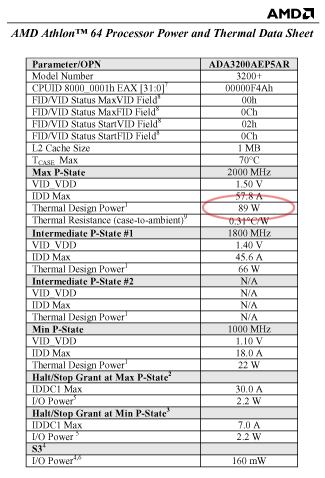After careful consideration I have decided to transfer all hardware review activities to a new domain. I purchased Hardwareasylum.com in 2012 and have been working hard to build a new and improved Ninjalane on that domain. If you are reading this you have reached one of the archived articles, news, projects and/or reviews that were left behind during the site migration.
Please update your bookmarks and be sure to visit the new and improved Ninjalane at Hardwareasylum.com
CoolJag JVC682A K8 Heatsink Review
Author: Dennis Garcia
Published: Sunday, July 18, 2004
Benchmarks
The CoolJag JVC682A is designed for current AMD Athlon 64 processors. Here is an overview of the system and testing methodology.
Soltek SL-K8AV-R
Athlon64 3200+ 1MB L2 Cache
CoolJag JVC682A
AMD Retail Heatsink
Motherboard Monitor was used to obtain and record system temperature information and a game of FarCry provided the processor usage.
Soltek SL-K8AV-R
Athlon64 3200+ 1MB L2 Cache
CoolJag JVC682A
AMD Retail Heatsink
Motherboard Monitor was used to obtain and record system temperature information and a game of FarCry provided the processor usage.
Editors note: Even though the Windows XP task manager reported 100% processor usage we could never attain a 100% of the rated heat output as documented by AMD (see below)
when using FarCry as a basis for that heat production. Knowing this the game was played until the maximum temperature was attainted and stabilized, or when the round was over.
Other things to consider when judging software induced heat output.
a) Clock throttling by the processor at high temperatures.
b) Normal software isn't designed to produce maximum heat output.
c) Variances of cooling temperature.
d) Variances in CPU load.
e) Inaccuracies in thermal diode readouts.
Of course the list goes on..
My testing methodology is aimed to provide a real world look into this heatsink given the test system provided.
a) Clock throttling by the processor at high temperatures.
b) Normal software isn't designed to produce maximum heat output.
c) Variances of cooling temperature.
d) Variances in CPU load.
e) Inaccuracies in thermal diode readouts.
Of course the list goes on..
My testing methodology is aimed to provide a real world look into this heatsink given the test system provided.

CoolJag Default Mhz
At default speed both the CoolJag JVC and stock AMD heatsink are pretty well matched up with the CoolJag coming in at only a degree less.

A C/W rating can quickly be calculated using this formula.
C/W = (CPU temp - Ambient temp)/(Variance(%) * CPU Watts)
Allowed variance for this test = 75%
CPU Watts = 89W
0.22 C/W = (43C - 28.5C)/(.75(89W))
C/W = (CPU temp - Ambient temp)/(Variance(%) * CPU Watts)
Allowed variance for this test = 75%
CPU Watts = 89W
0.22 C/W = (43C - 28.5C)/(.75(89W))
CoolJag Overclocking
For this next test the FSB was cranked up to 235Mhz and the test was re-run. To calculate a new C/W rating for this test we will need to factor in the increased processor
wattage. The formula and constants for this are listed below.
ocC/W = dCPU Watts * (ocMhz / dMhz) * (ocVcore / dVcore)2
ocMhz = 2350
dMhz = 2000
ocVcore = 1.70
dVcore = 1.50
The variance still applies for our C/W calcuation
Allowed variance for this test = 75%
CPU Watts = 134W
0.23 C/W = (52C - 28.5C)/(.75(134W))
ocC/W = dCPU Watts * (ocMhz / dMhz) * (ocVcore / dVcore)2
ocMhz = 2350
dMhz = 2000
ocVcore = 1.70
dVcore = 1.50
The variance still applies for our C/W calcuation
Allowed variance for this test = 75%
CPU Watts = 134W
0.23 C/W = (52C - 28.5C)/(.75(134W))

Each of the tested heatsinks come with a thermally controlled fan, during these tests the fan RPM was monitored to see how efficent each fan was relative to the heatsink. In this case lower RPM is better.

Benchmark Conclusion
As you can see from the C/W calculations the thermally controlled fan helped remove the extra heat produced by the hot Athlon64 without raising the relative C/W rating. The resulting CPU temp is still fairly high but what do you expect for a summertime heatsink test.  .
.
Keep in mind these calculations are provided for demonstration purposes only and may not reflect the actual lab tested C/W rating, but I think I'm close
Keep in mind these calculations are provided for demonstration purposes only and may not reflect the actual lab tested C/W rating, but I think I'm close

